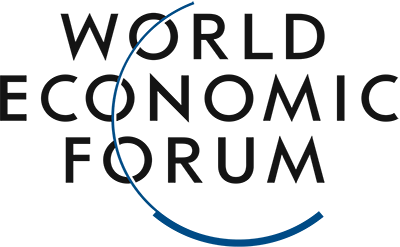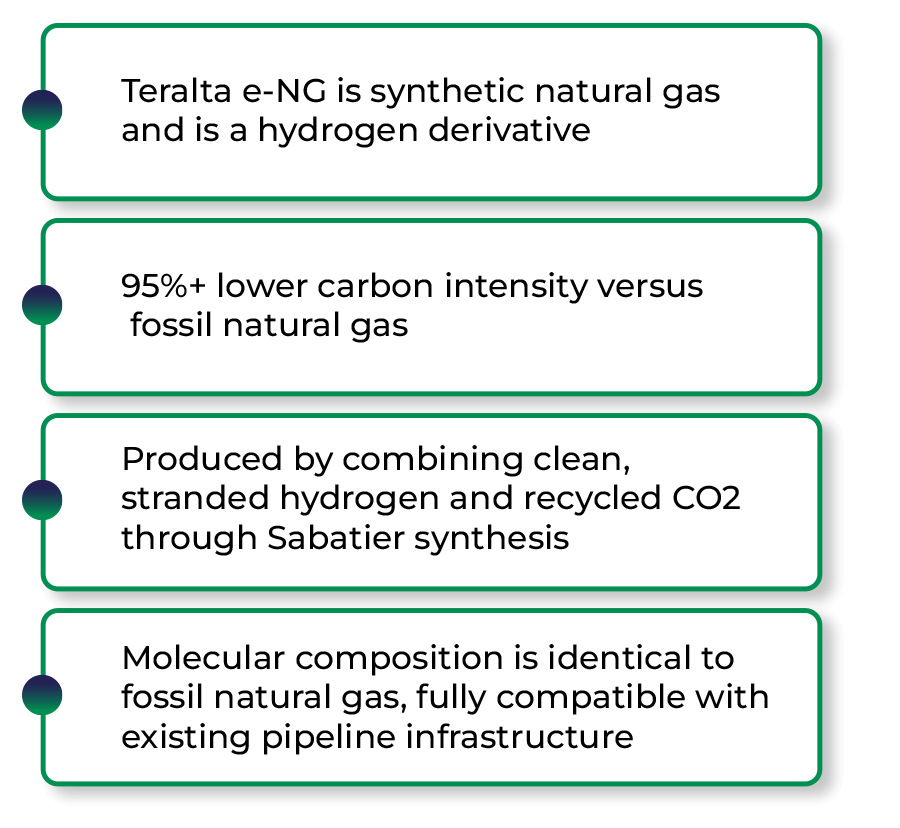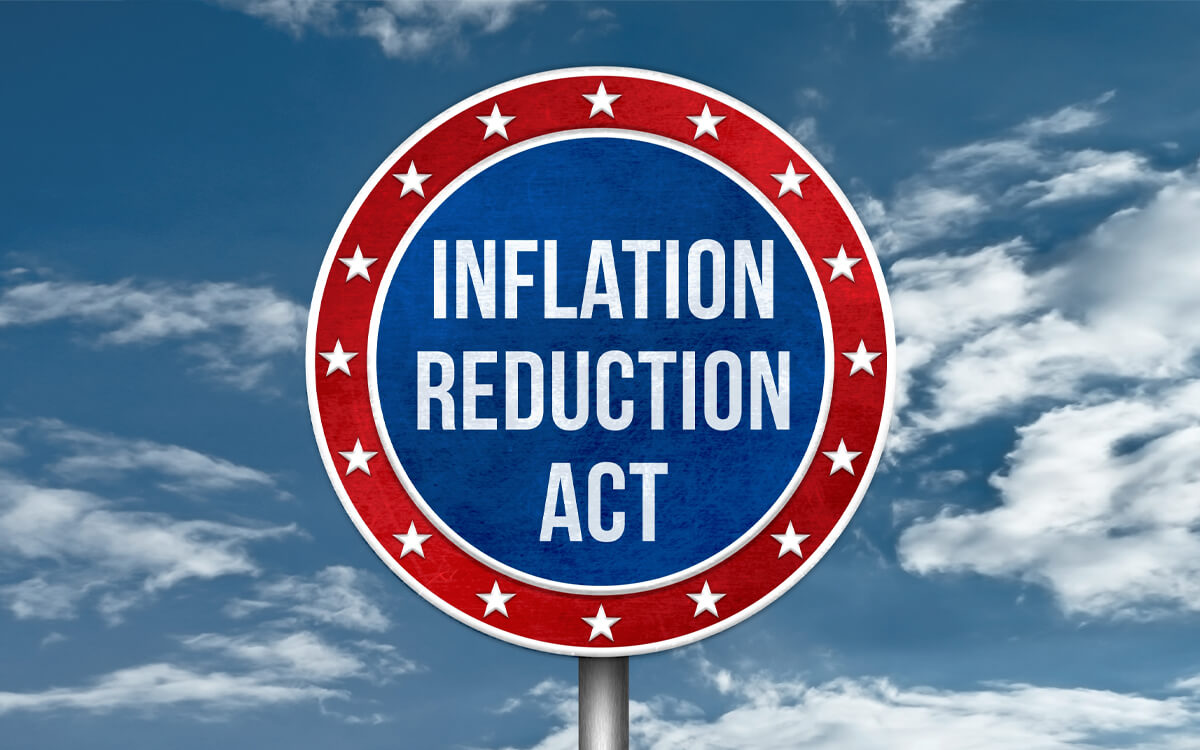e-NG Projects 2025: The shifting landscape of IRA incentives
Some American e-NG projects face an uncertain future in 2025, with many in the industry pondering the outcome of recent Executive Orders. While there is no clear path forward, one potential outcome is the termination of funding from the Inflation Reduction Act (IRA).
e-NG producers rely upon IRA incentives to build sustainable energy infrastructure (solar, wind, etc.) to produce green hydrogen. If the funding is no longer available, many e-NG projects will become non-viable.
While Teralta uses a different hydrogen methodology for our e-NG that doesn’t rely upon government incentives, we believe that any impediment to the progression of hydrogen as an alternative to fossil fuels is counterproductive to reducing global emissions. Hydrogen is good for the planet and an essential path to a greener and cleaner future.
The Inflation Reduction Act: Then and now
IRA took effect in August 2022. The Act was the largest investment (over $370 billion) in climate and energy in American history, targeting the climate crisis and securing America’s position as a world leader in domestic clean energy manufacturing.
For many in the e-NG industry, the biggest boon was the $160 million clean electricity tax credits. With these incentives, projects became financially feasible, leveraging critical funding for sustainable energy infrastructure to produce green hydrogen and e-NG.

The pausing of IRA incentives
Following changes by the new administration, and at the time this post was written, the disbursement of IRA funding is paused, creating a climate of uncertainty that has effectively stalled existing e-NG projects that rely on green hydrogen.
All agencies shall immediately pause the disbursement of funds appropriated through the Inflation Reduction Act of 2022.
Of particular concern is the potential elimination of the Clean Hydrogen Production Tax Credit that provided a 10-year incentive for clean hydrogen of up to $3.00/kilogram—helping to cut hydrogen production costs by 50%-70%.
The easing of regulations to build new fossil infrastructure
Essentially, the legal basis for environmental reviews has been rescinded. Of course, litigation is likely, but we could see a significant increase in energy infrastructure development in the interim. It remains uncertain how this accelerated development will impact the environment.
The new infrastructure provides better and faster energy distribution, including for e-NG, which integrates seamlessly with fossil infrastructure such as pipelines. However, until certainty is established relative to the Executive Orders, green hydrogen projects remain paused, with only a handful of e-NG producers benefiting.
Why e-NG matters and how it works
e-NG is a hydrogen derivative that combines clean hydrogen and recycled CO2 through methanation.
In this format, many of the challenges implicit with hydrogen, such as storage and distribution, are eliminated.
e-NG is a “drop-in” solution for gas consumers in that it is transported using existing natural gas pipeline infrastructure for a ready-made distribution system.
e-NG use case: Displace LNG and lower emissions
A common use for e-NG is as a synthetic form of clean energy. For example, ships that use liquefied natural gas (LNG) transition seamlessly to e-NG without any infrastructural changes, allowing fleet owners to easily meet and exceed emission reduction goals while extending the service life of their LNG vessels.
The transition is incredibly efficient and cost-effective: use existing LNG pipelines to distribute the e-NG to existing port-side LNG terminals for storage and use.

Teralta e-NG
Instead of producing clean hydrogen using sustainable energy, Teralta e-NG uses clean hydrogen generated by chemical processes, also known as by-product or stranded hydrogen.
Since Teralta doesn’t have to build electrolysers and procure renewable power, we’re not dependent on IRA incentives. Our hydrogen already exists.
The Teralta model allows us to offer our e-NG at a very low cost per kilogram without subsidies.

So what's next?
At this date, policy changes and the pause on incentives, including tax credits, remain unclear. As a result, many green hydrogen e-NG projects must sit and wait for an outcome.
Teralta’s objective has always been to produce the most economical and lowest carbon e-NG. Recent developments within the US have only strengthened our position. While the industry awaits a definitive outcome regarding the Executive Orders, we will continue accelerating and deploying our e-NG projects.
While a segment of the e-NG sector grapples with this latest challenge, I know the industry will overcome. As a member of the e-NG Coalition, the Teralta team works shoulder-to-shoulder with diverse organizations led by the brightest minds in the business. Together, we are accelerating the energy transition towards a net-zero carbon future.
For more information about e-NG, read my previous blog post or visit our website. If you are interested in Teralta e-NG projects as an investor, by-product hydrogen producer, or offtaker, please get in touch with me directly via LinkedIn.
